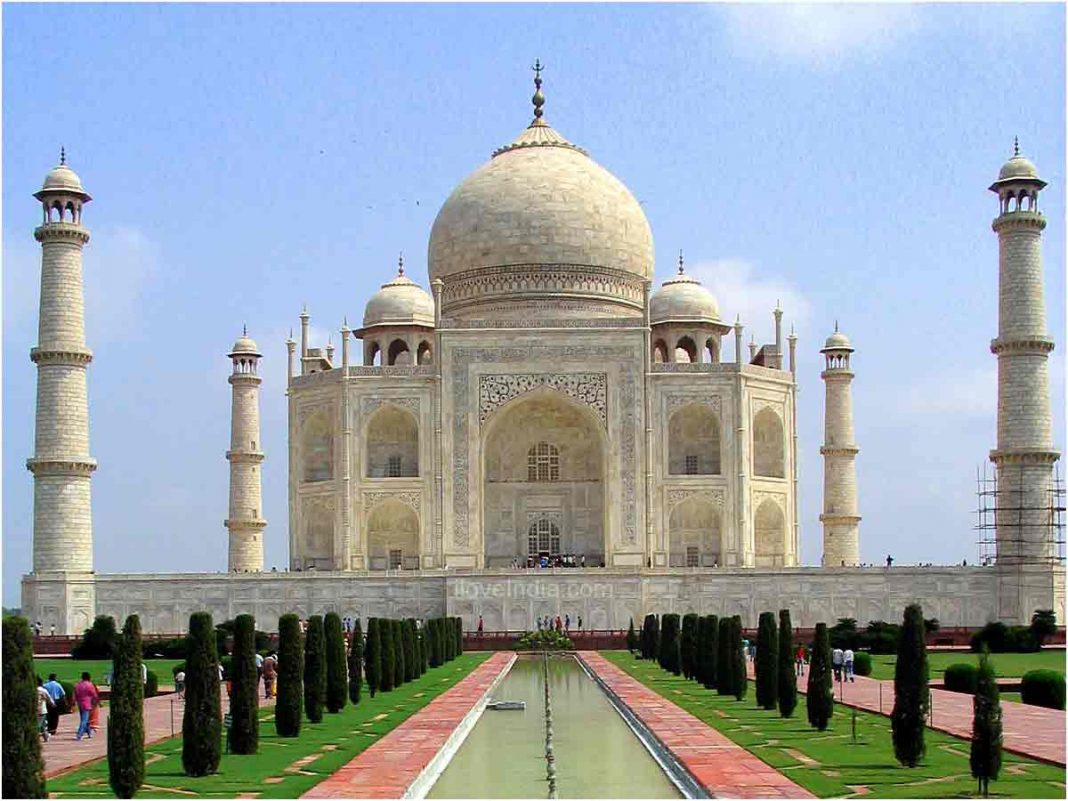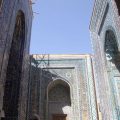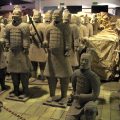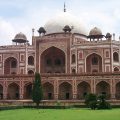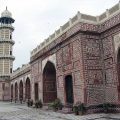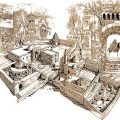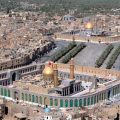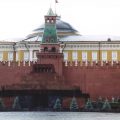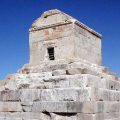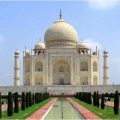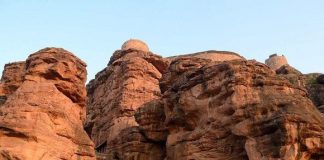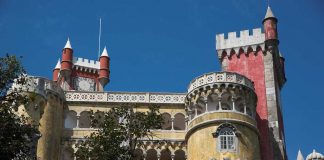Ever since Tomb of Mausolus gained so much popularity in early ages mankind has started building these gigantic Mausoleum around the world. These Muslim architectural buildings are either tomb of emperors or built for some other historic reasons. Tomb of Mausolus is not included in this list because that was shattered in an earthquake and later destroyed by European crusaders. Following is a list of top 10 mausoleum built around the world by emperors and kings.
1. Taj Mahal, Agra India: Taj Mahal which is also in the list of 7 wonders of the World was built by emperor Shah Jahan in memories of his dead wife. Taj Mahal is a massive mausoleum built from white marbles which displays beautiful creation of Mughal architecture. Taj Mahal is well preserved by Government of India which attracts millions of visitors every year.
2. Jahangir Tomb, Lahore Pakistan: Jahangir Tomb was built in Lahore by emperor Jahangir’s son in memories of emperor Jahangir who ruled combined India. Lahore was part of India then. Jahangir Tomb’s interior are very attractive and is embellished with frescoes and colored marble. The interior of the mausoleum is an elevated sarcophagus of white marble, the sides of which are wrought with flowers of mosaic.
3. Mausoleum of Lenin, Moscow, Russia: Lenin’s Mausoleum also known as Lenin’s Tomb, situated in Red Square in Moscow, is the mausoleum that serves as the current resting place of Vladimir Lenin. His embalmed body has been on public display there since shortly after his death in 1924. Aleksey Shchusev’s diminutive but monumental granite structure incorporates some elements from ancient mausoleums, such as the Step Pyramid and the Tomb of Cyrus the Great.
4. Castel Sant’Angelo, Rome: Castel Sant’Angelo is built as a mausoleum by Hadrian for his family and himself in central Rome. Later Hadrian’s ashes, his wife Sabrina and his adopted son was buried here. Following this, the remains of succeeding emperors were also placed here, the last recorded deposition being Caracalla in 217. The building was later used as a fortress and castle, and is now a museum.
5. Imam Husayn Shrine, Karbala, Iraq: Immm Husayn Shrine is a holy site of Shia’s in the city of Karbalā, Iraq. It stands on the site of the grave of Husayn ibn Ali, the second grandson of Muhammad, near the place where he was killed during the Battle of Karbalā in 680 C.E. The tomb of Husayn ibn Ali is one of the holiest places for Shia’s as outside of Makkah and Madinah, and many make pilgrimages to the site. Every year, millions of pilgrims visit the city to observe Ashura, which marks the anniversary of Husayn ibn Ali’s death. According to Sunnis, this is not a holy place, and it’s not known precisely where Hussein was buried.
6. Shah-i-Zinda, Uzbekistan: The Shah-i-Zinda Ensemble includes mausoleums and other ritual buildings of 9-14th and 19th centuries. The name Shah-i-Zinda – “The living king” is connected with the legend that Kusam ibn Abbas, the cousin of the prophet Muhammad was buried there. The Shah-i-Zinda complex was formed over nine (from 11th till 19th) centuries and now includes more than twenty buildings.
7. Humayun’s Tomb, Delhi, India: The Mughal Emperor Humayun’s tomb, is a complex of buildings built as the Mughal Emperor Humayun’s tomb, commissioned by Humayun’s wife Hamida Banu Begum in 1562 CE.
8. Mausoleum of the Shirvanshahs, Baku: This mausoleum is part of the Palace of the Shirvanshahs, Shirvanshahs is the biggest monument of the Shirvan-Absheron branch of the Azerbaijan architecture, situated in the Inner City of Baku. The complex contains the main building of the palace, Divanhane, the burial-vaults, the shah’s mosque with a minaret, Seyid Yahya Bakuvi’s mausoleum, a portal in the east – Murad’s gate, a reservoir and the remnants of the bath-house.
9. Terracotta Army, China: Terracotta Army (“soldier” and horse funerary statues) is the Terra Cotta Warriors and Horses of Qin Shi Huang the First Emperor of China. The terracotta figures, dating from 210 BC, were discovered in 1974 by some local farmers near Xi’an, Shaanxi province, China near the Mausoleum of the First Qin Emperor.
10. The Tomb of Cyrus, Persia: Cyrus the Great was the founder and ruler of the vast Persian Empire in the 6th century BC. Hist tomb is the most important monument in Pasargadae, the ancient capital of Persia. When Alexander looted and destroyed Persepolis, he paid a visit to the tomb of Cyrus and commanded one of his warriors, to enter the monument. Inside he found a golden bed, a table set with drinking vessels, a gold coffin, some ornaments studded with precious stones and an inscription of the tomb: “Passer-by, I am Cyrus, who gave the Persians an empire, and was king of Asia”. Unfortunately, no trace of any such inscription survived to modern times.
Please leave me a comment and let me know what do you think about these great Mausoleums. Don’t forget to subscribe to our RSS to recieve free updates delivered to your mailbox.











